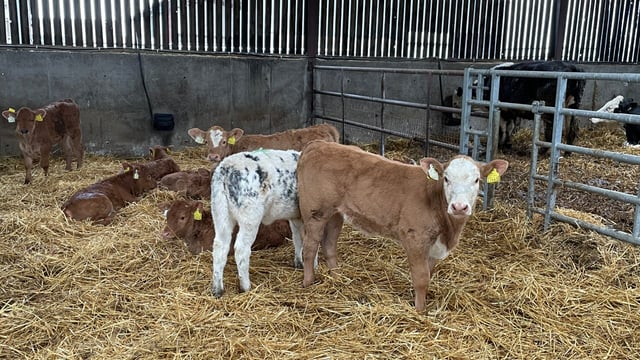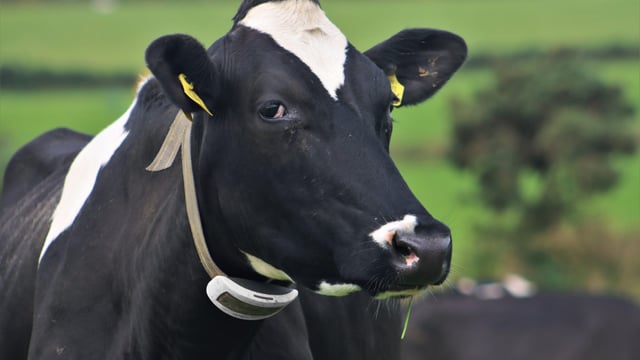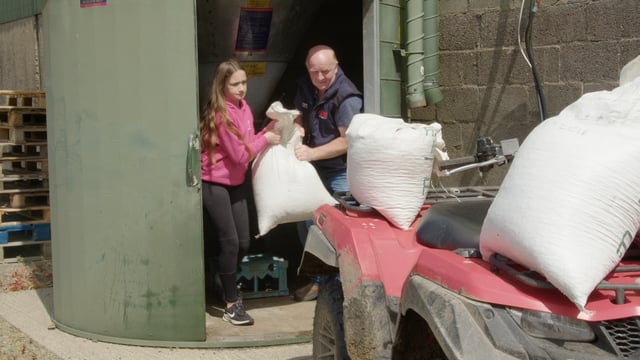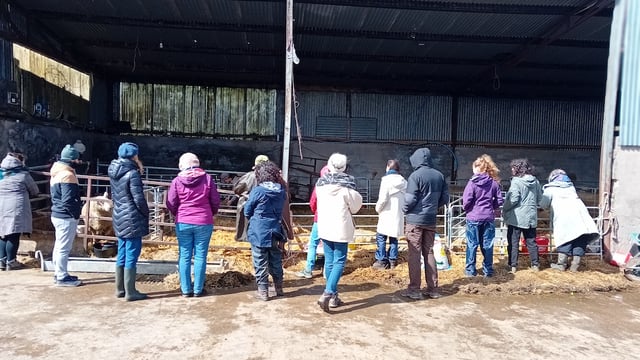Sheep: Strategic dosing using faecal egg counts
With worm resistance becoming a growing concern, farmers are being advised to take a strategic approach when dosing.
Teagasc organic advisor, Enda O’ Hart, has advised farmers to begin taking dung samples and carrying out faecal egg counts (FEC).
The best treatment for each individual sheep can be determined from the results of their FEC.
| FEC<50 eggs per gram | Gutworms undetectable, or present at very low levels | Worming not required |
| FEC<200 eggs per gram | Gutworms present at low levels. | Monitor again in 2-3 weeks |
| FEC>300 eggs per gram | Gutworms present in significant numbers | Worming possibly required |
Worm infection is usually characterised by diarrhoea, dehydration, and weight loss. Mortality can be high in untreated lambs.
When an infection is present, it can take up to a year before the egg hatches releasing the infective larvae.
This often leads to a mass hatching in spring when soil temperature increase following cold weather, leaving disease to most often occur in April, May, and June.
The disease can be prevented by keeping this year’s lambs off pasture that was grazed by lambs in the previous year.
Faecal egg counts
According to Teagasc, over a quarter of participants in the Department of Agriculture, Food and the Marine's Sheep Technology Adoption Programme (STAP) had pre-treatment FECs below 200 eggs per gram.
This indicates low levels of gut parasitism among STAP members, suggesting that many treatments were unnecessary and highlighting the importance of FEC in preventing the overuse of wormers.
By treating only when needed, farmers can reduce the selection pressure for anthelmintic (wormers) resistance, a growing concern in sheep farming.
FEC can also be used to assess the efficiency of treatments. By comparing egg counts before and after treatment, farmers can determine whether the wormer is effective or if resistance is present.
In addition to reducing wormer use, FEC can improve pasture management by identifying and addressing high worm burdens.
Based off this, grazing strategies can be implemented to lower pasture infectivity, further reducing the need for wormers.
This ultimately leads to healthier flocks and more sustainable farming practices.











